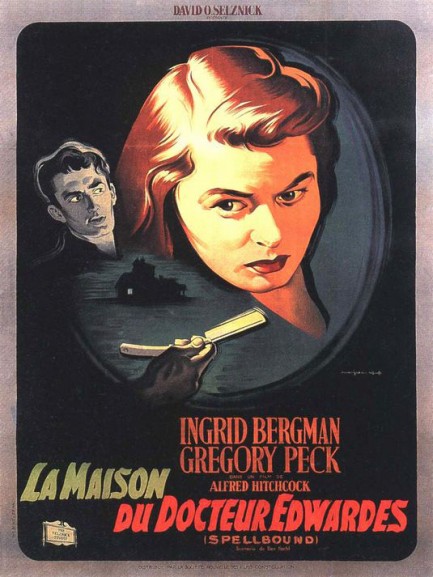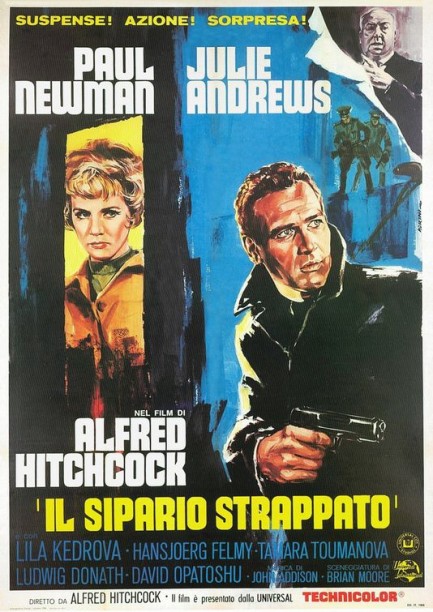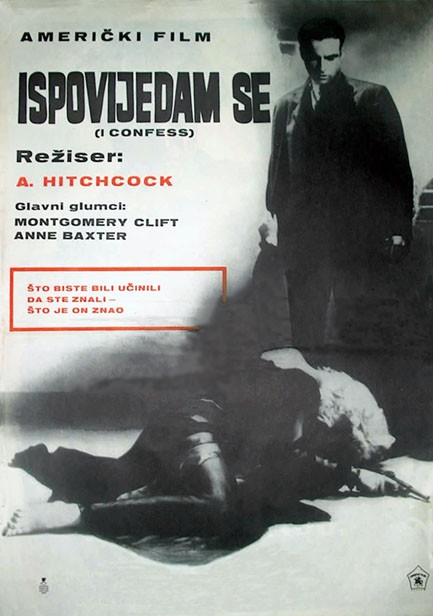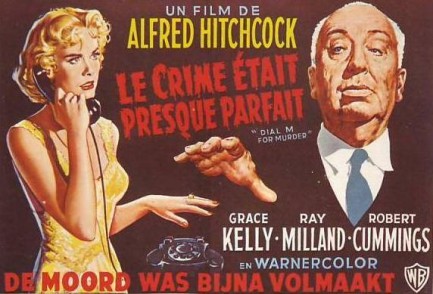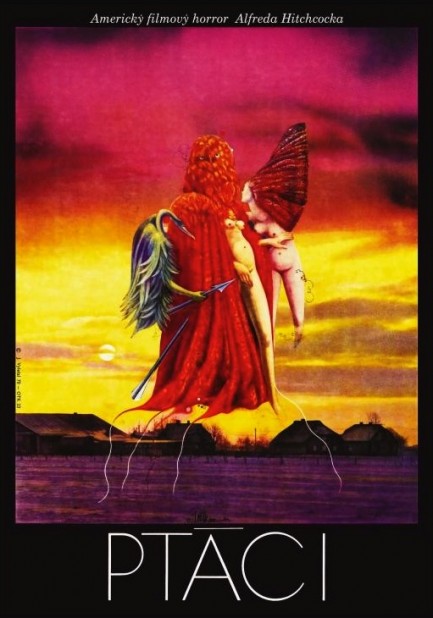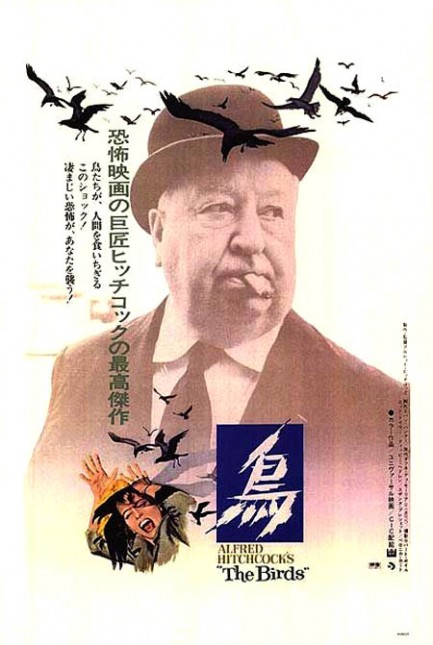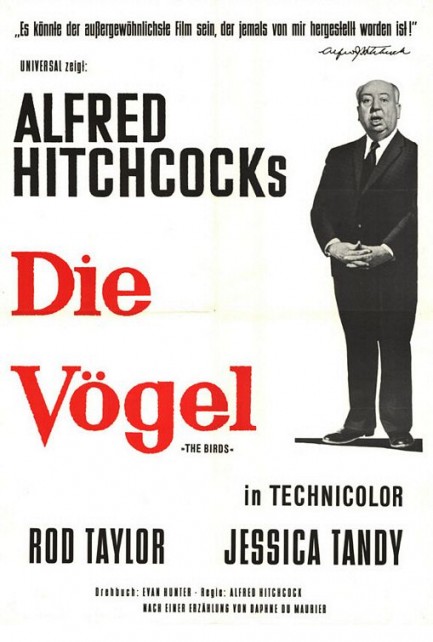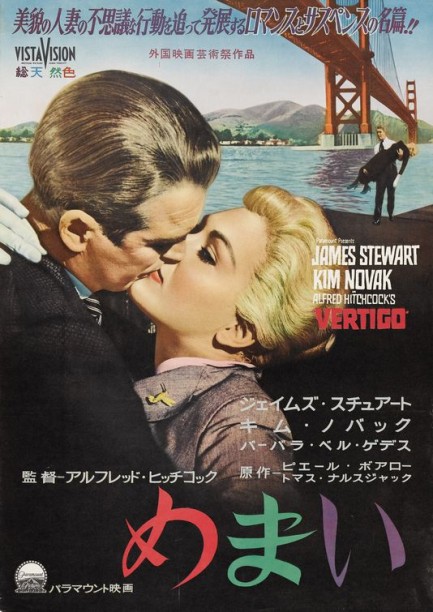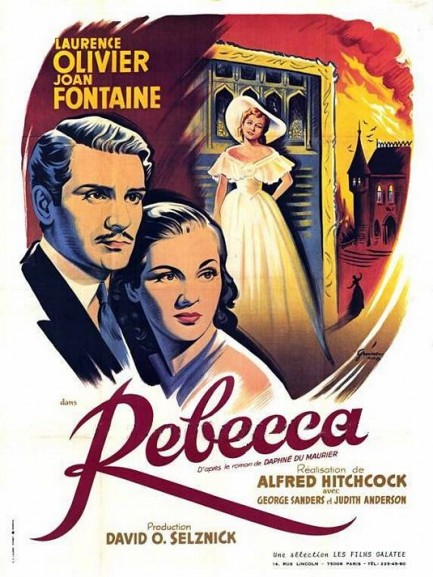| Hollywoodland | Jun 29 2024 |

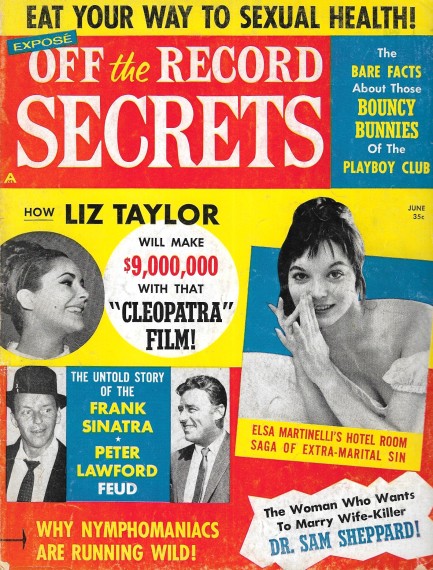
We have a brand new tabloid to our website today—the colorful Off the Record Secrets, of which you see its June 1963 cover above. This was published by an outfit calling itself Magazette, Inc., which aimed for the high end of the tabloid market with bright fronts along the same lines as the big boys Confidential, Whisper, Hush Hush, et al. Like those, Off the Record Secrets covers miles of ground between its pages, spilling on everyone from Hugh Hefner and his Bunnies, to Frank Sinatra and his Pack, to Elsa Martinelli and her hubby Franco Mancinelli Scotti, to Kirk Douglas and his bad behavior.
Of the items on offer, we were struck by the photo of Annette Stroyberg stuffing her face. We always thought trying to catch celebrities eating in embarrassing fashion started with the internet gossip sites, but apparently we were wrong. In any case you can see why the best restaurants have private dining rooms. Stroyberg must have been furious. Also of note, you Cary Grant fans get see him in a towel at age sixty-one. He's holding together nicely, though there seems to be some stomach sucking going on. Still, nothing to be ashamed of. He's got ninety-five percent of men his age beat.
The earliest issue we've seen of Off the Record Secrets is from January 1962. By the early 1960s the tabloid market was crowded, therefore owing at least partly to a logjam on newsstands, this magazine lasted only into 1964 before folding its tent. Because of its scarcity issues sometimes go for hefty prices. We got ours for $19.00. But we've seen them auctioning for $75.00. The high pricing means we may not buy another example for a while, but we'll get it done. In the meantime, get acquainted with Off the Record Secrets. We have multiple rare images for you below.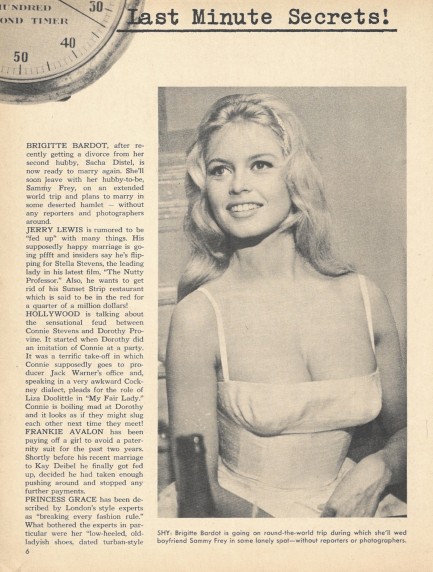
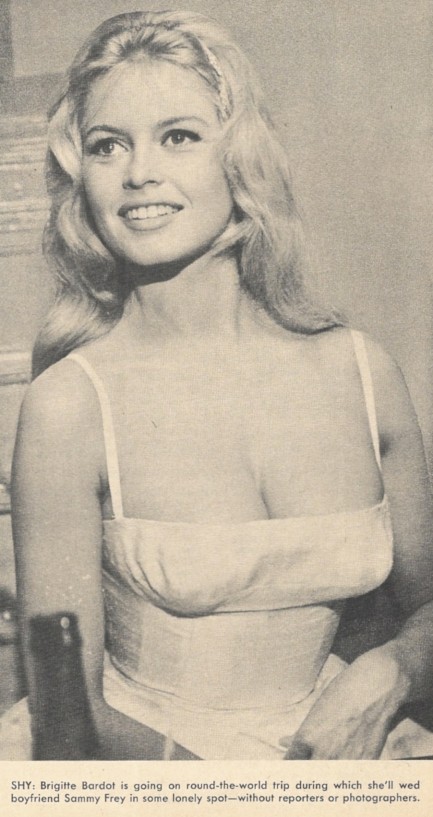
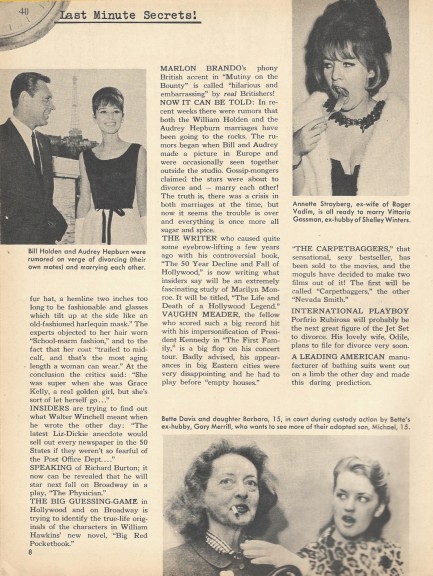


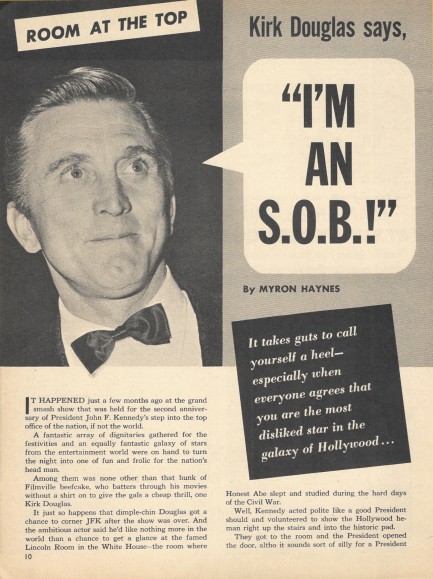
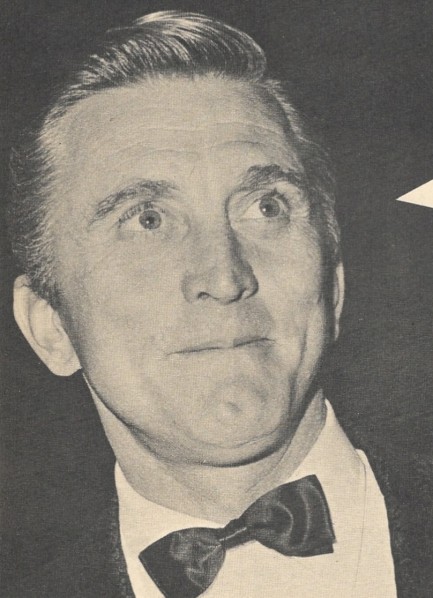
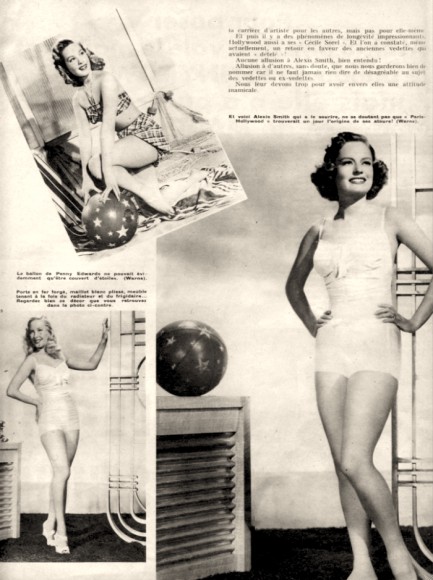
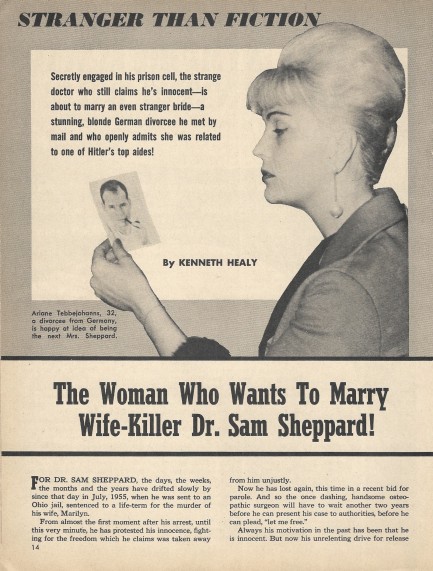
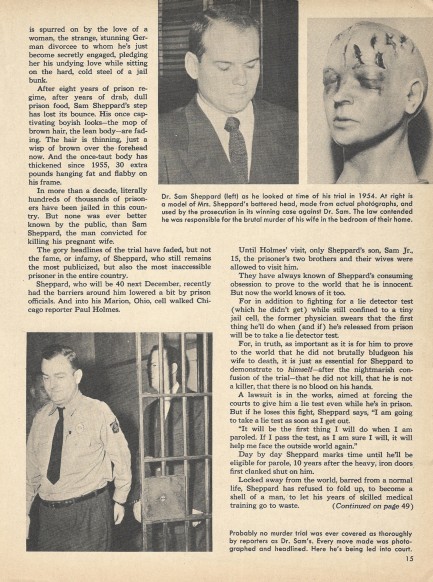
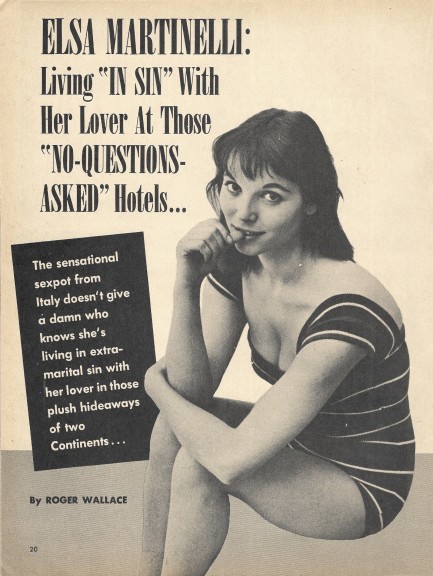
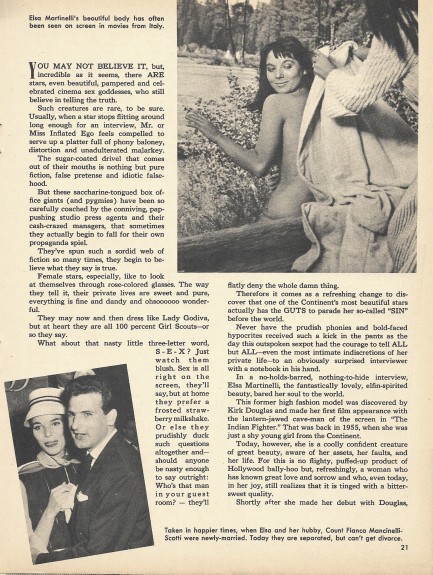

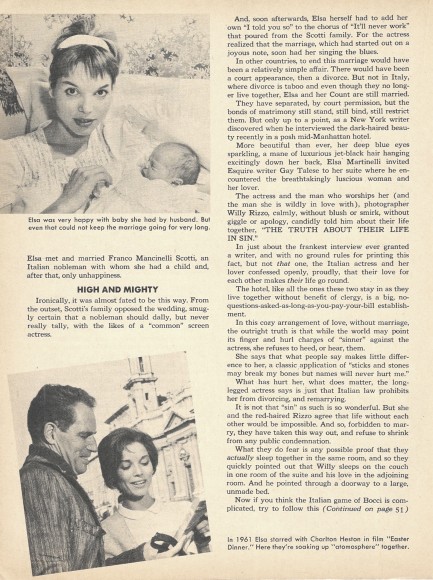
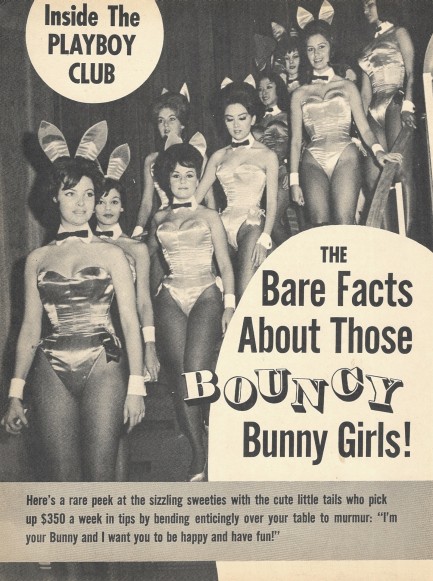
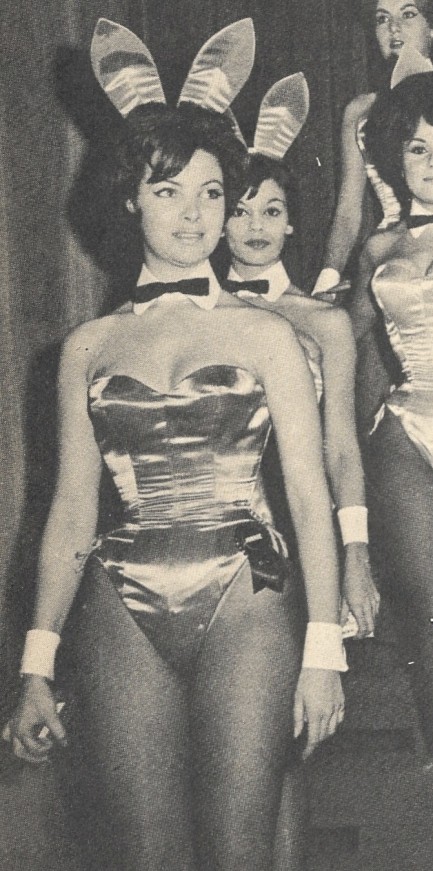
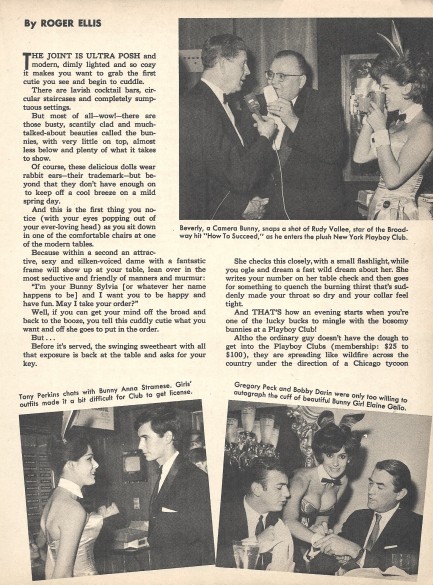
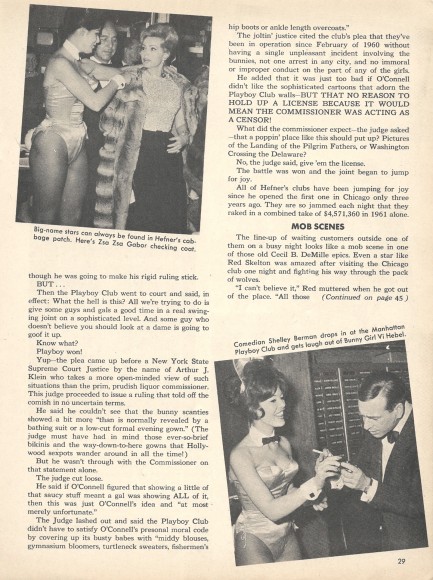
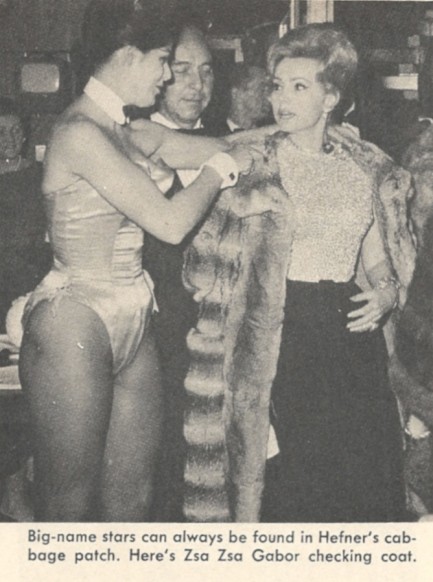
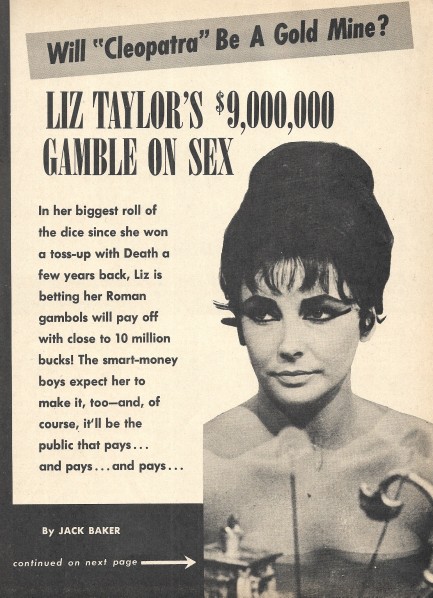
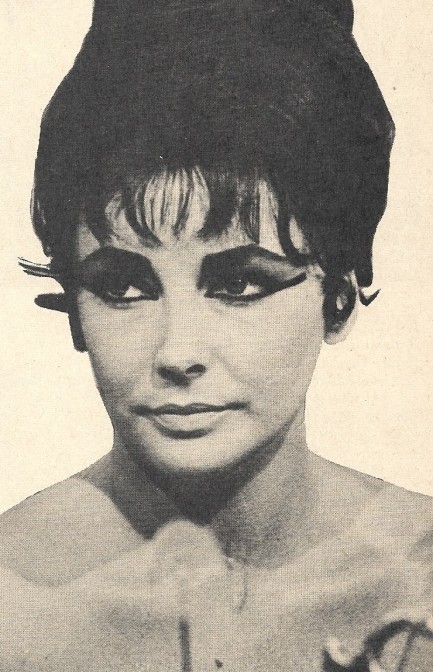
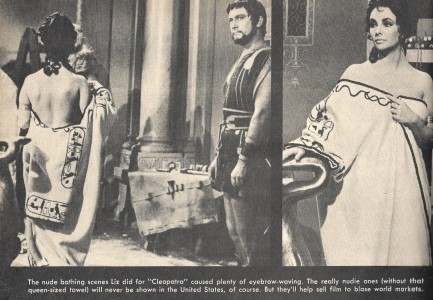
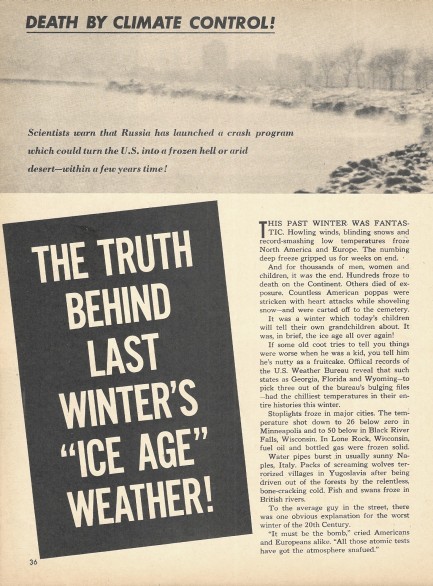
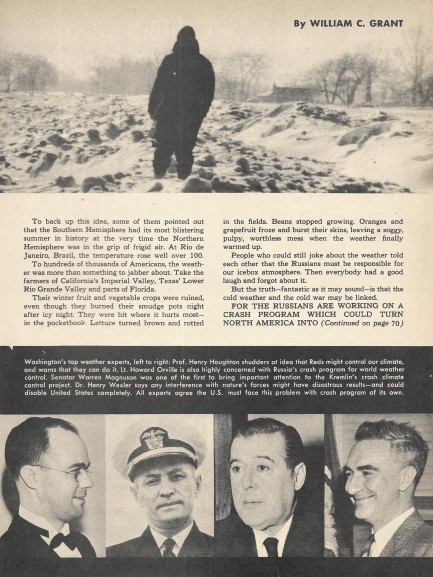
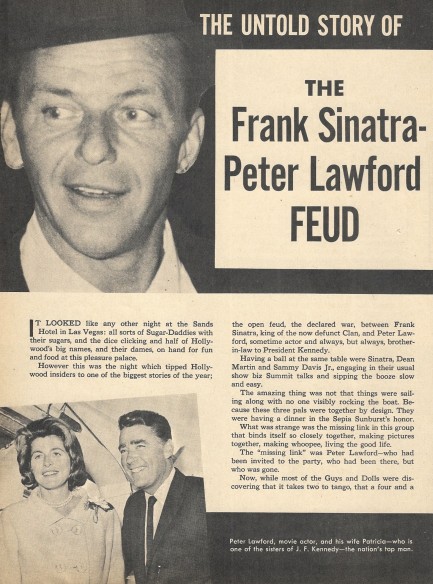
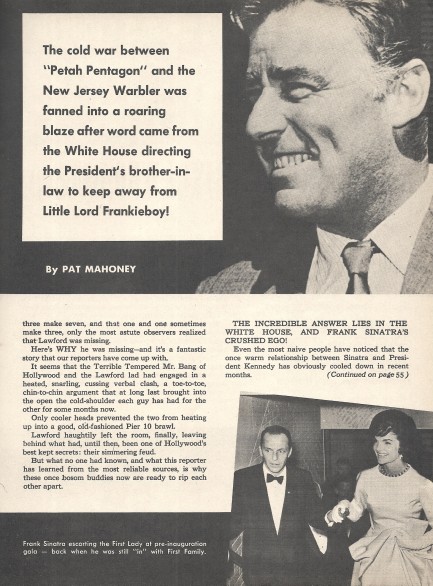
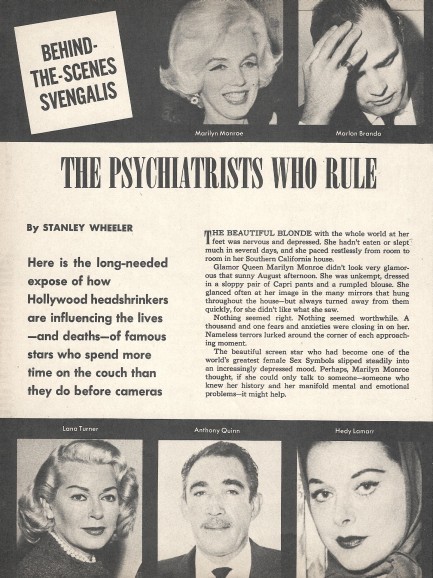
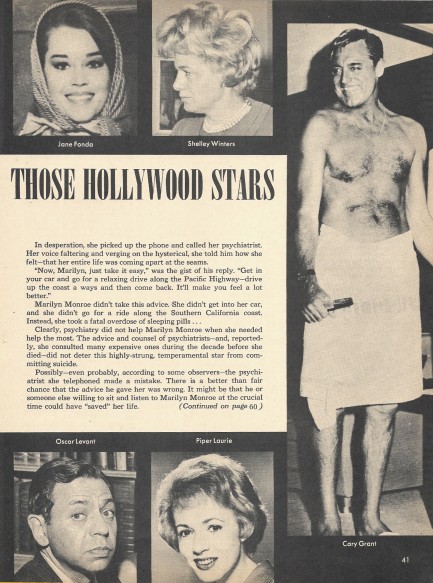

| Hollywoodland | Apr 16 2020 |

Below, a collection of film stars, in Hollywood and other places, looking large and in charge while seated in director's chairs. In panel three the actress in the “Bonanza's guest” chair is Karen Sharpe. We don't expect you'll need help with the others, but if so our keywords list them in order.

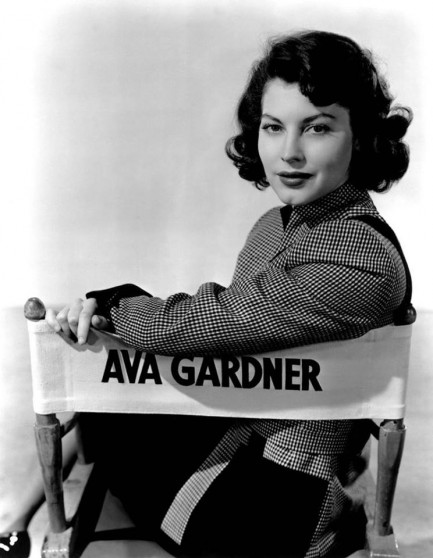
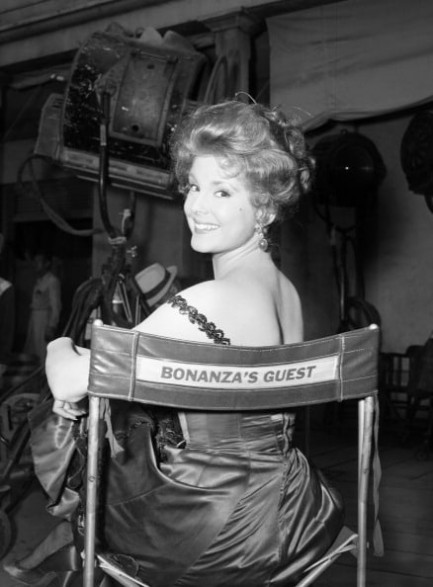
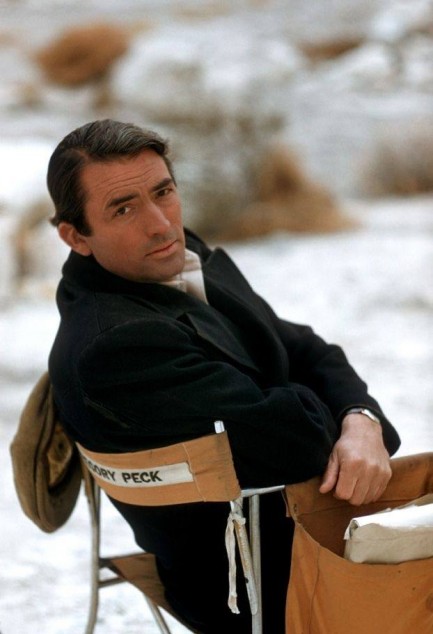
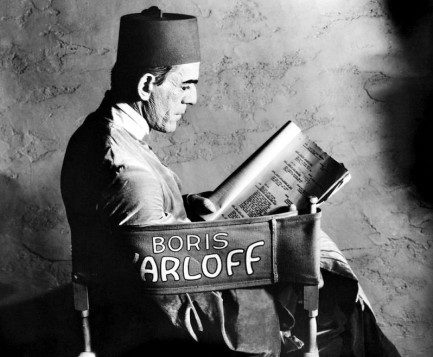
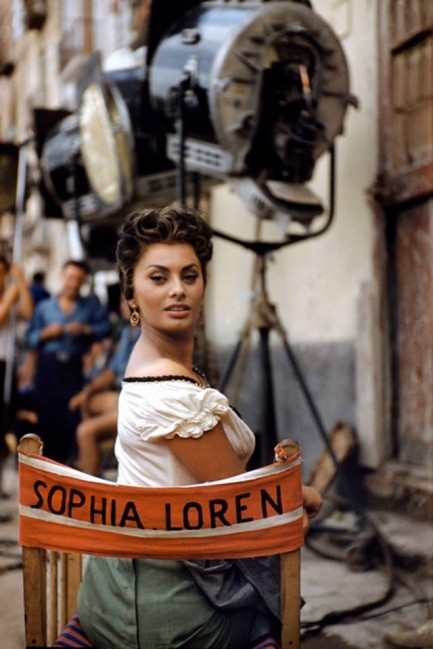
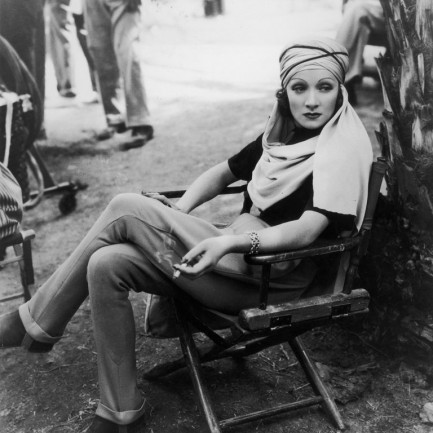
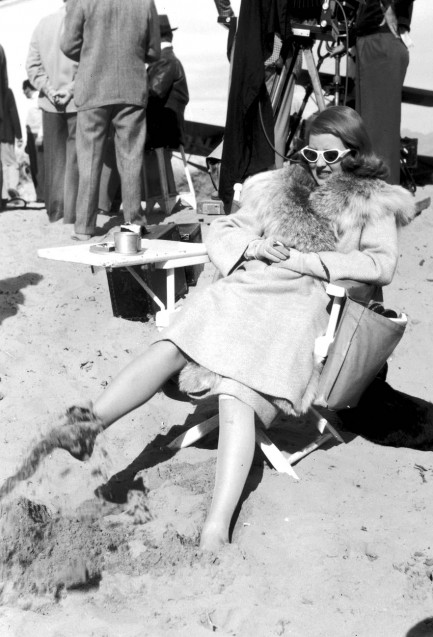
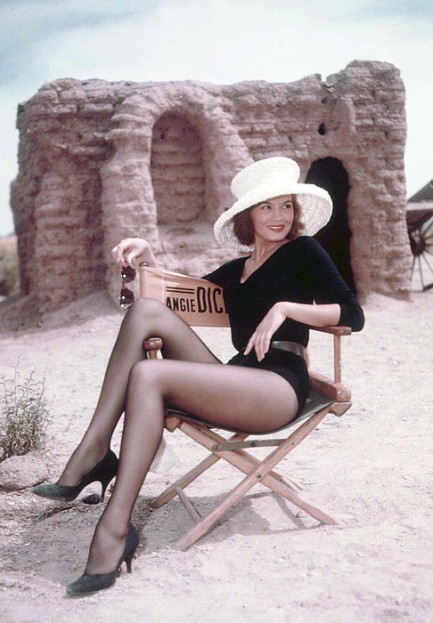
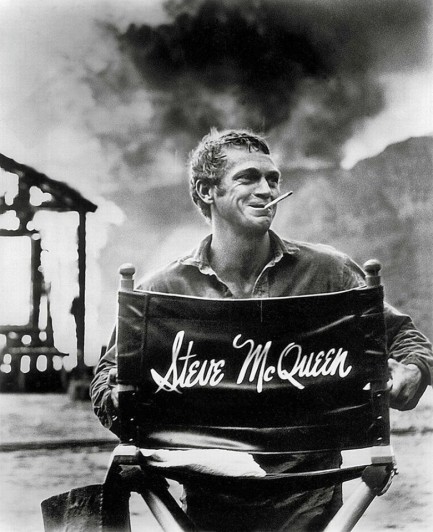
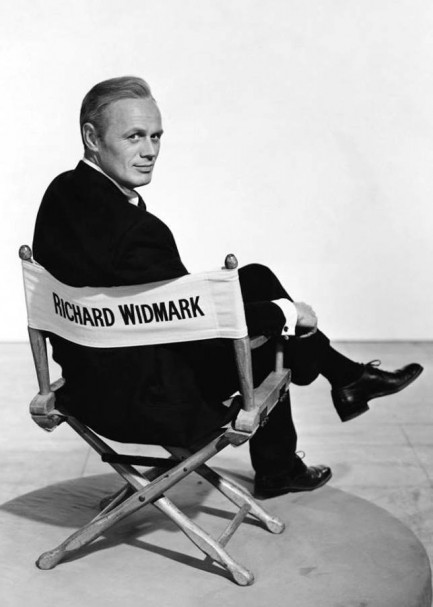
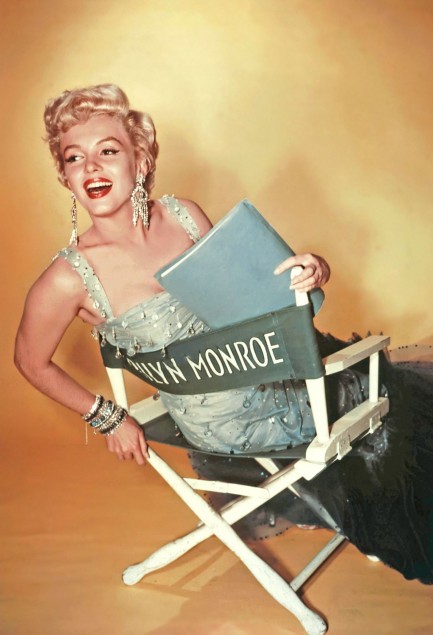
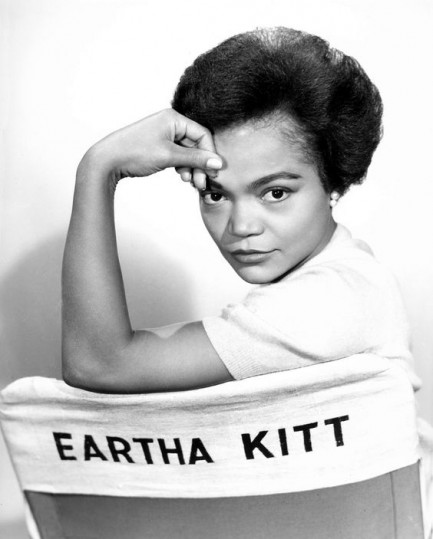
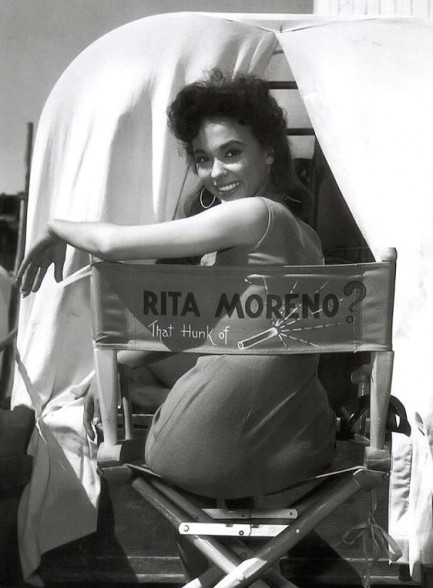
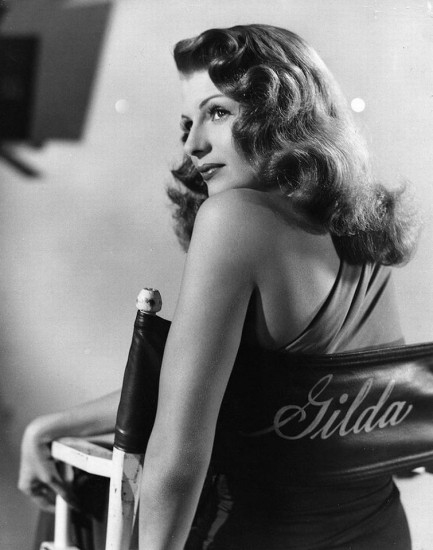
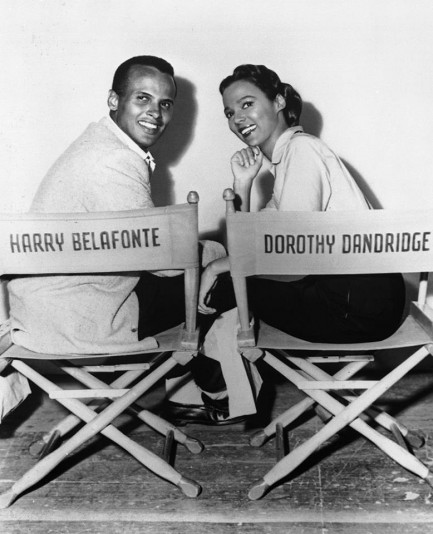
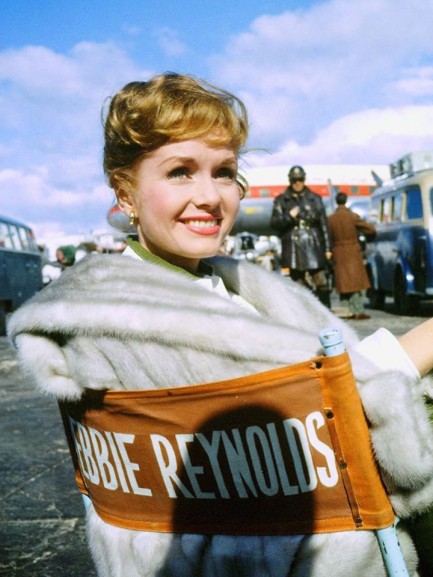
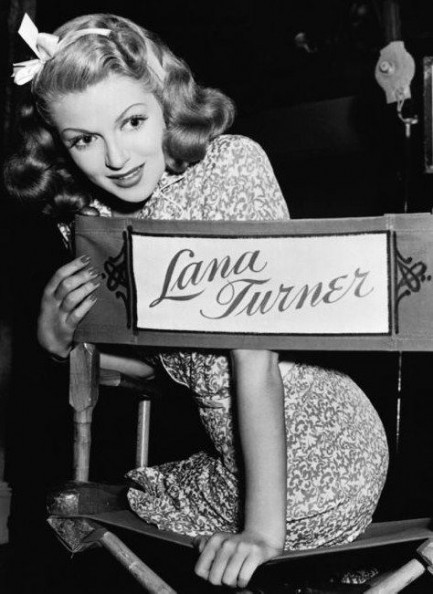
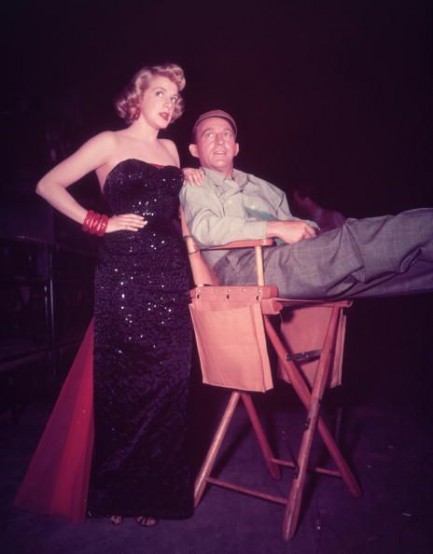

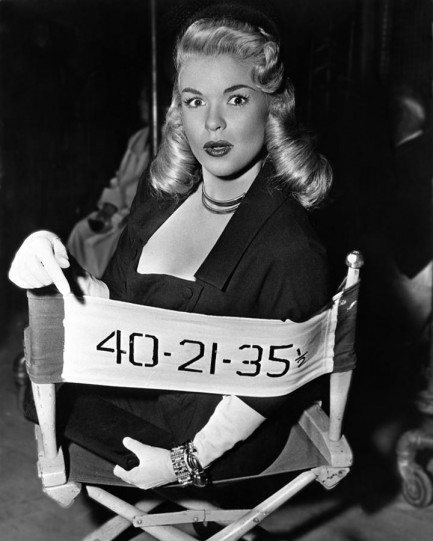
| Femmes Fatales | Jun 28 2019 |


| Vintage Pulp | Jun 25 2016 |

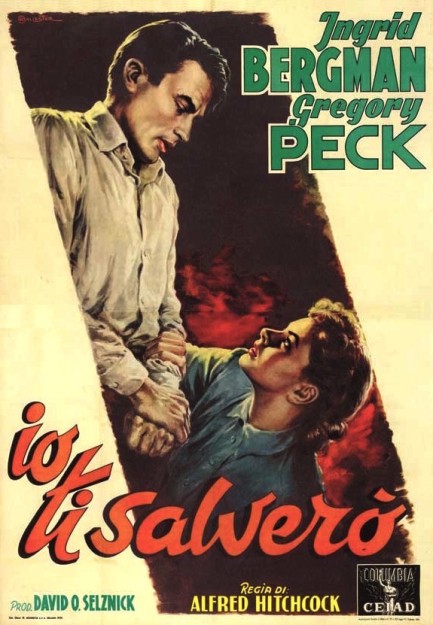
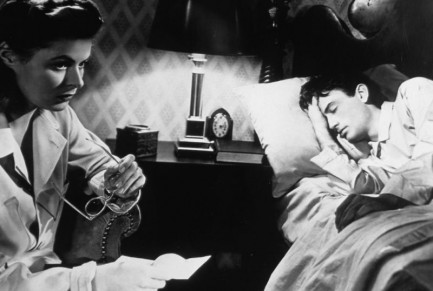
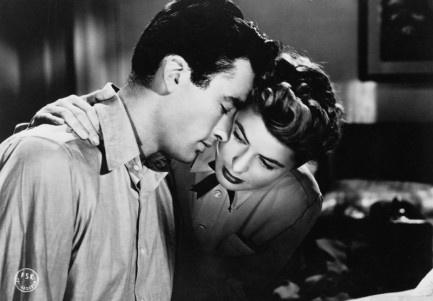
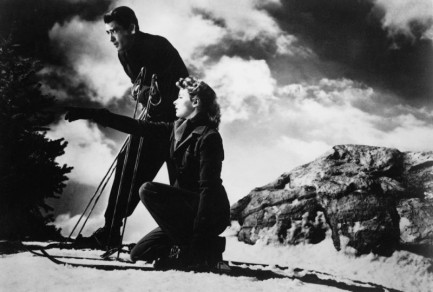
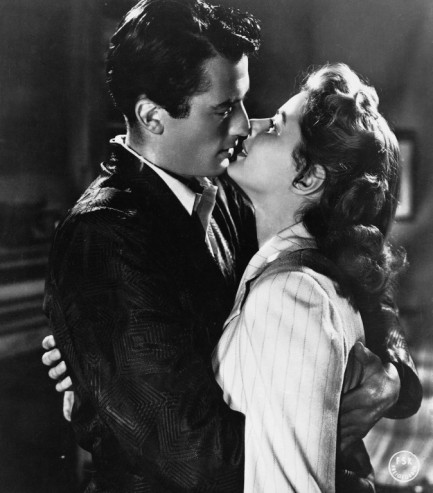
| Vintage Pulp | Sep 21 2013 |

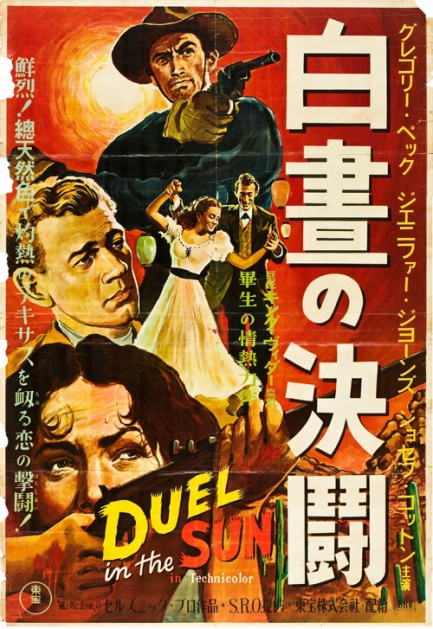
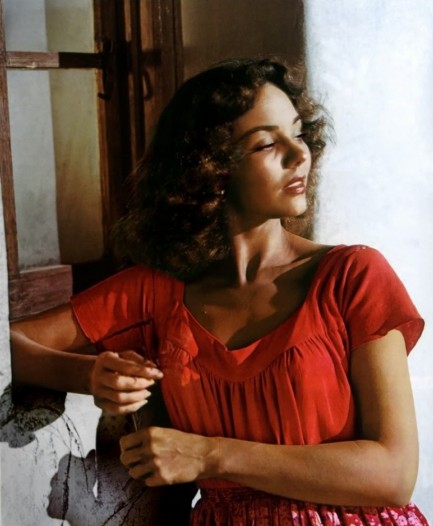
 dissonance. A movie that is destroyed by its producer is not good—period—and movie going shouldn’t be a mercy fuck.
dissonance. A movie that is destroyed by its producer is not good—period—and movie going shouldn’t be a mercy fuck.| Vintage Pulp | Dec 9 2011 |

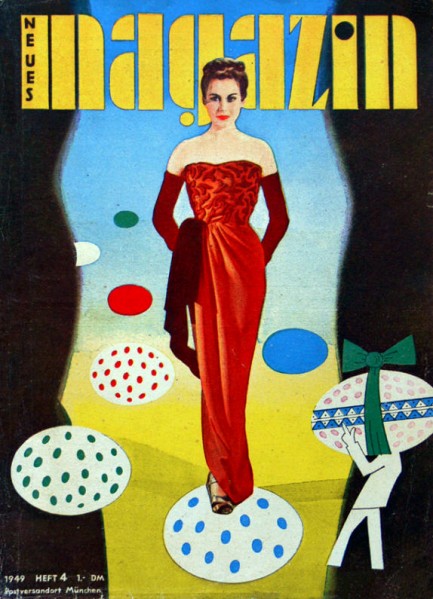
Today we have a nice, egg-themed cover for the German lifestyle magazine Neues, with a photo-illustration of British actress Hazel Court balanced on an egg. Below are a few of the more interesting interior pages, including scans of Gregory Peck and Veronica Lake. We actually have quite a few mid-century German magazines, including some extremely interesting naturist publications featuring lots of naked men and women frolicking on beaches. So keep an eye out for those. Neues is a much tamer style of magazine, but its focus on celebs and art is something that we appreciate. This one was published in April 1949, and you can see another one here.
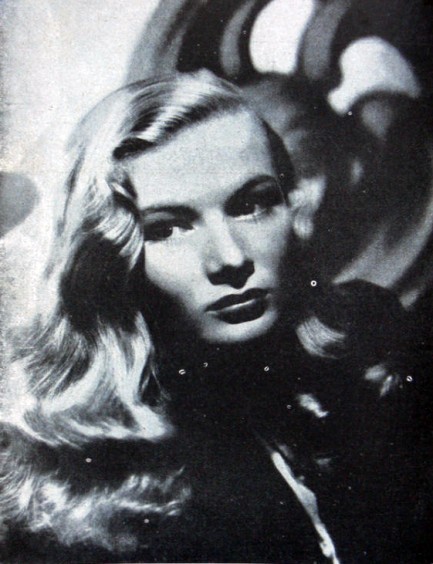



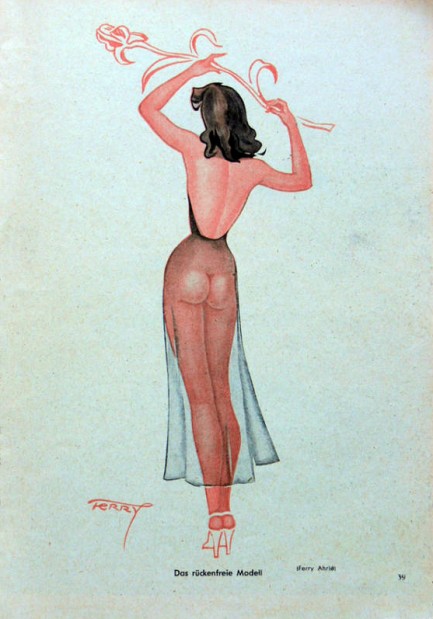
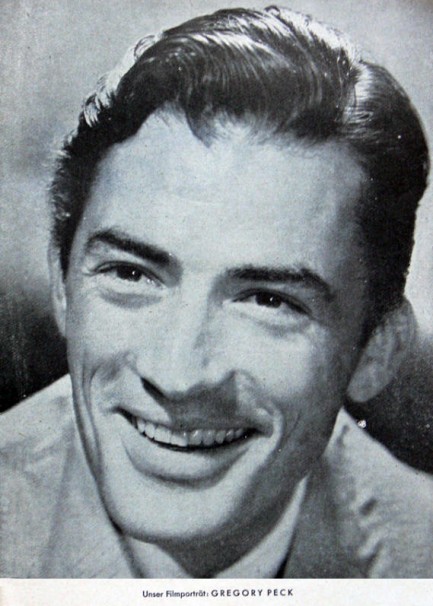

| Vintage Pulp | Apr 12 2011 |

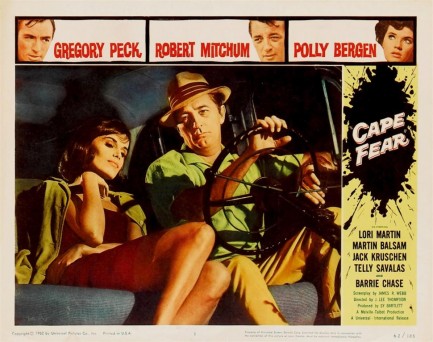
Director J. Lee Thompson’s Cape Fear, for which you see a rare lobby card above, isn’t just a great film. Embedded in its tale of an ex-convict terrorizing a family is an examination of American attitudes toward civil liberties. And if we contrast Cape Fear with modern thrillers like Edge of Darkness or Taken, what we begin to ask is whether America has crested the hill of its own belief in high principles and is now steadily rolling down the other side. Where Cape Fear presents the legal concept of due process as inviolable, and builds tension by asking if star Gregory Peck will resort to vigilantism to protect his family from a murderous Robert Mitchum, in Liam Neeson’s Taken, the hero intentionally shoots his friend’s wife in the arm with no more worry than stepping on a bug, and zero moral hesitation at making an innocent woman collateral damage in his holy war against the villains. Of course, movies are not real life. But they can be a reflection of it, and Cape Fear shows just how much attitudes toward legal protections may have changed in America in the last fifty years. We strongly recommend this film—as both entertainment and a historical study. It opened in the U.S. today in 1962.
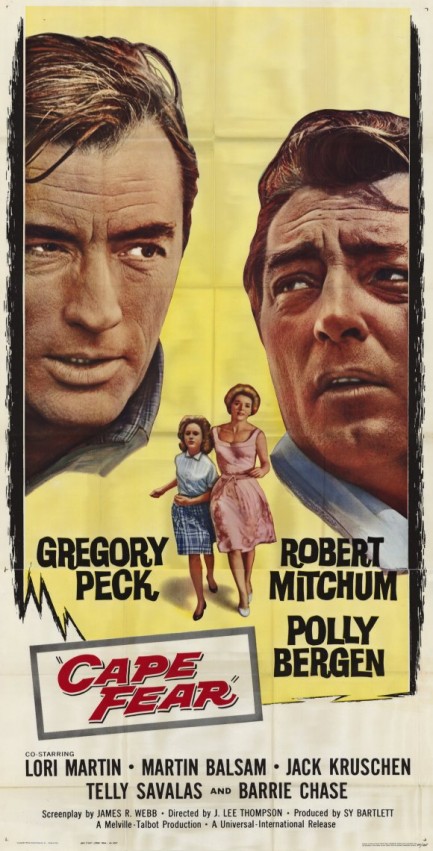
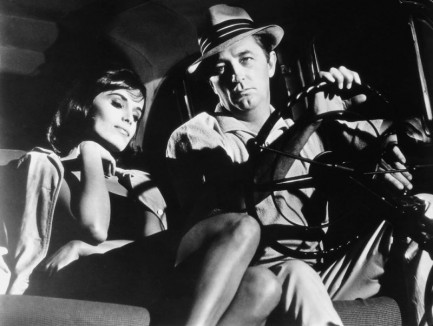
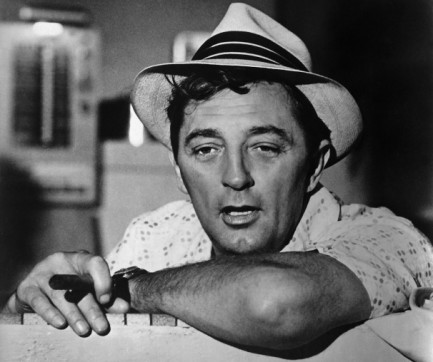
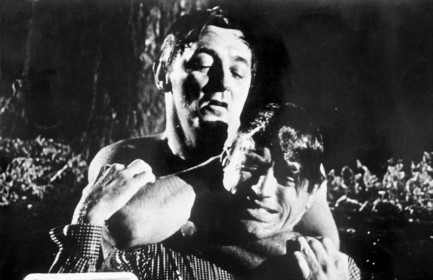
| Vintage Pulp | Jul 7 2009 |

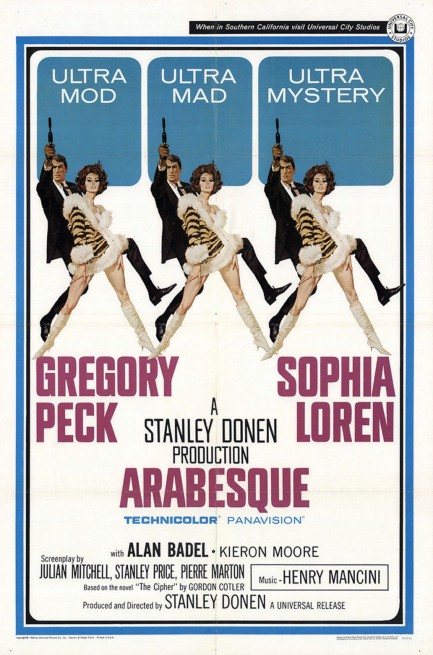
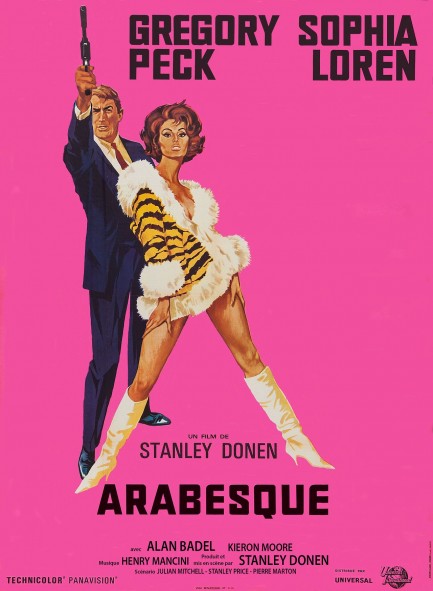
As long as we’re on the subject of Stanley Donen movies, here are two one-sheets painted by Robert McGinnis for the 1966 caper Arabesque, starring Gregory Peck and the great Sophia Loren. Donen was trying to capture the mod magic of his earlier feature Charade, which had starred Audrey Hepburn and Cary Grant. We can’t say he fully succeeded there, but he did make an adventure romance full of joie de vivre that’s well worth seeing. The two posters differ in one fascinating aspect—Gregory Peck’s lower body has been transplanted in the bottom version. We know the dancing pose at top was the original, but we think the upright stance in the re-do is an improvement, as is the cool magenta background. It’s killer art for a killer flick, and we recommend you check it out.
| Vintage Pulp | Apr 23 2009 |

We mentioned a while back how frequently we run across foreign language Hitchcock posters, so here are a bunch for your enjoyment, including yet another version of Vertigo. FYI, Il Sipario Strappato is Torn Curtain and Ptáci is The Birds.
